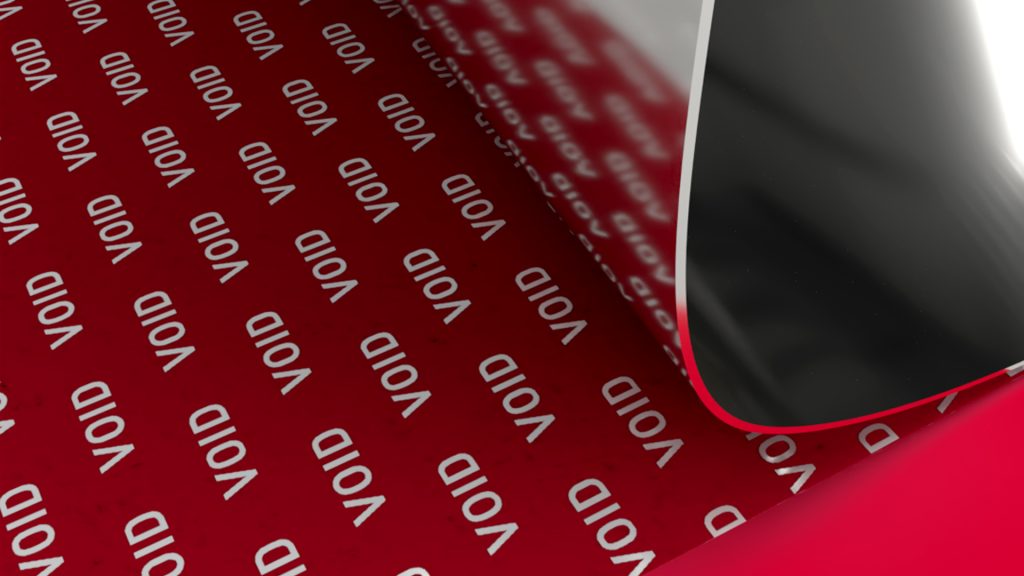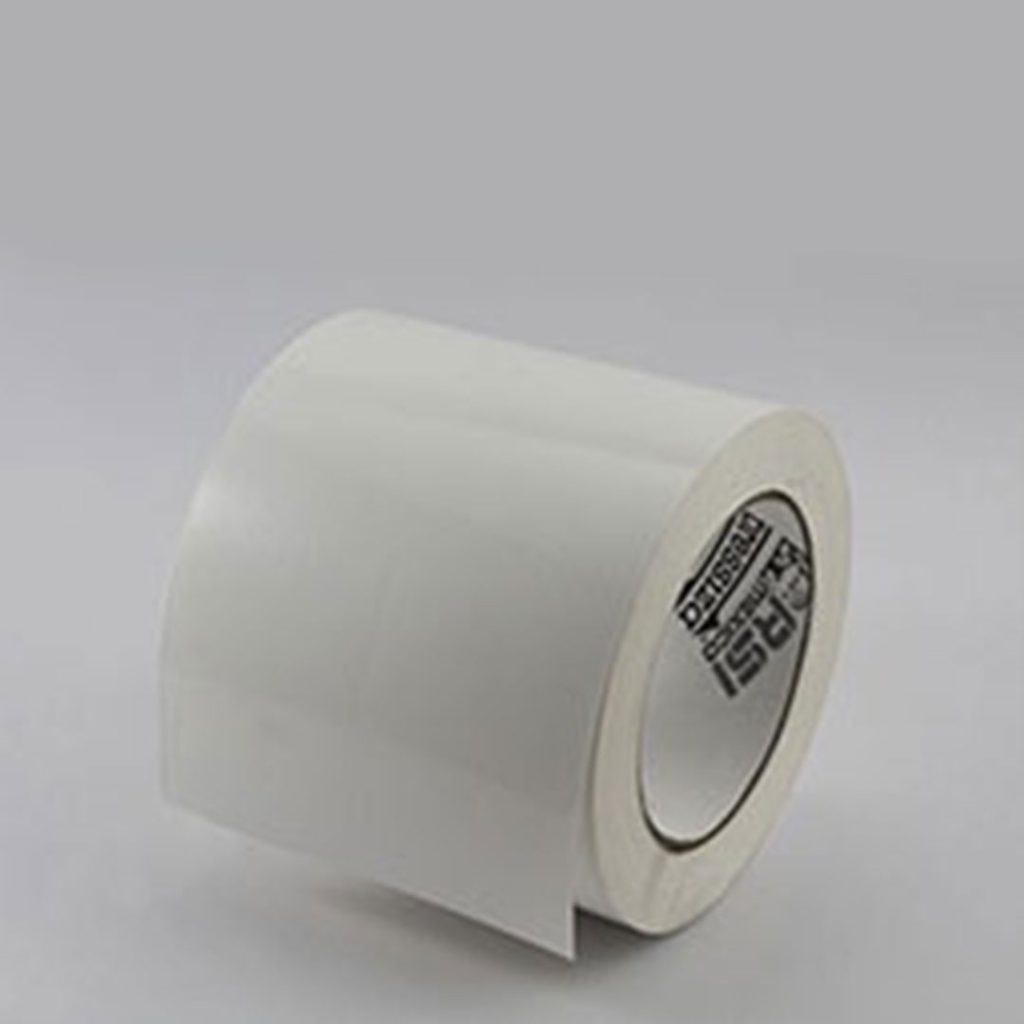
Etiqueta Material Pressiza I09 Papel
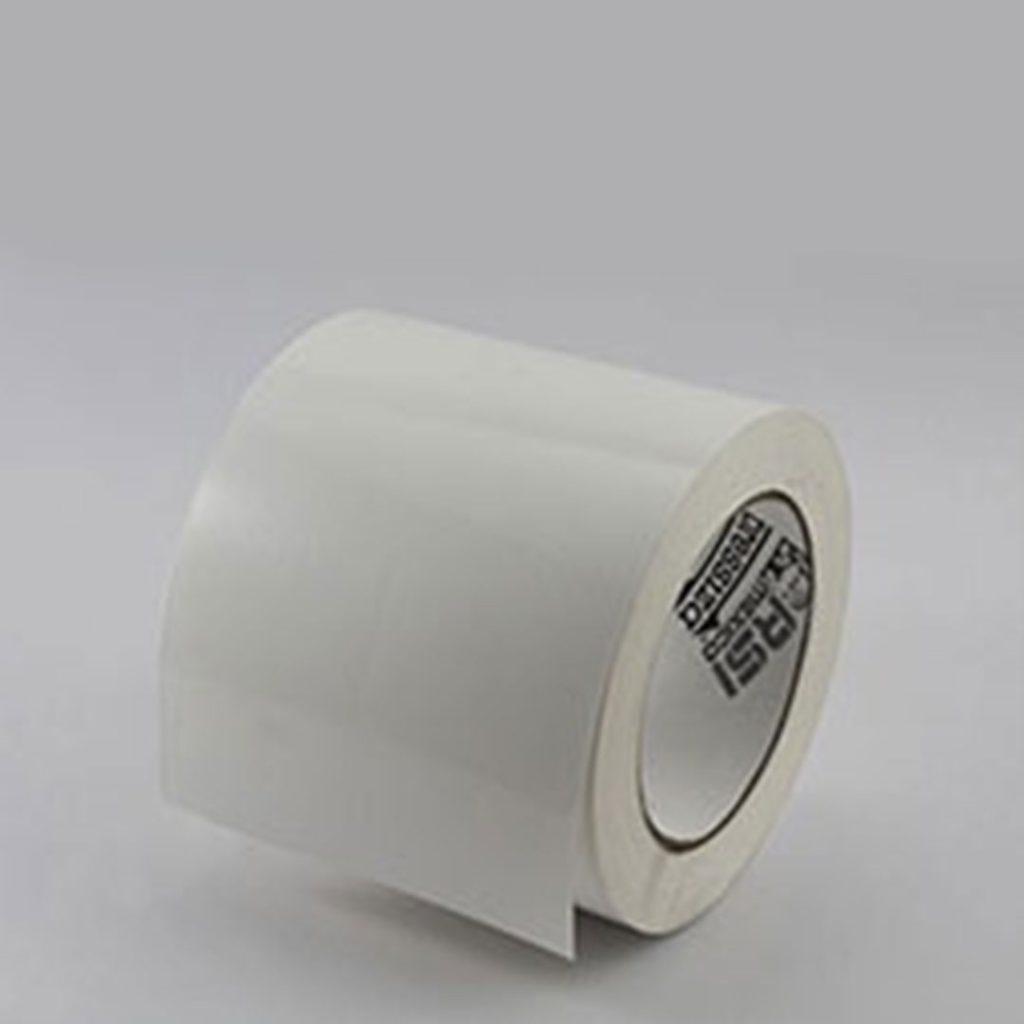
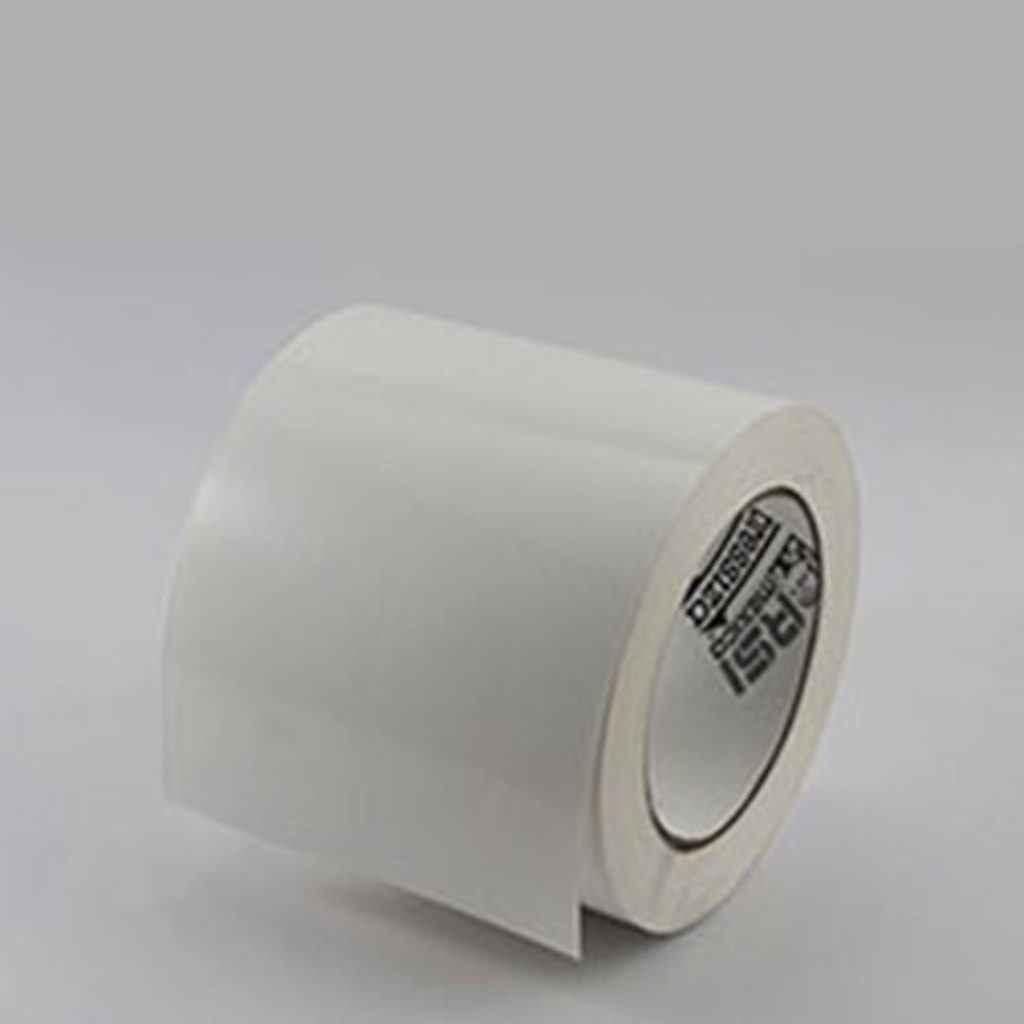
Etiqueta Material Pressiza I05 Papel
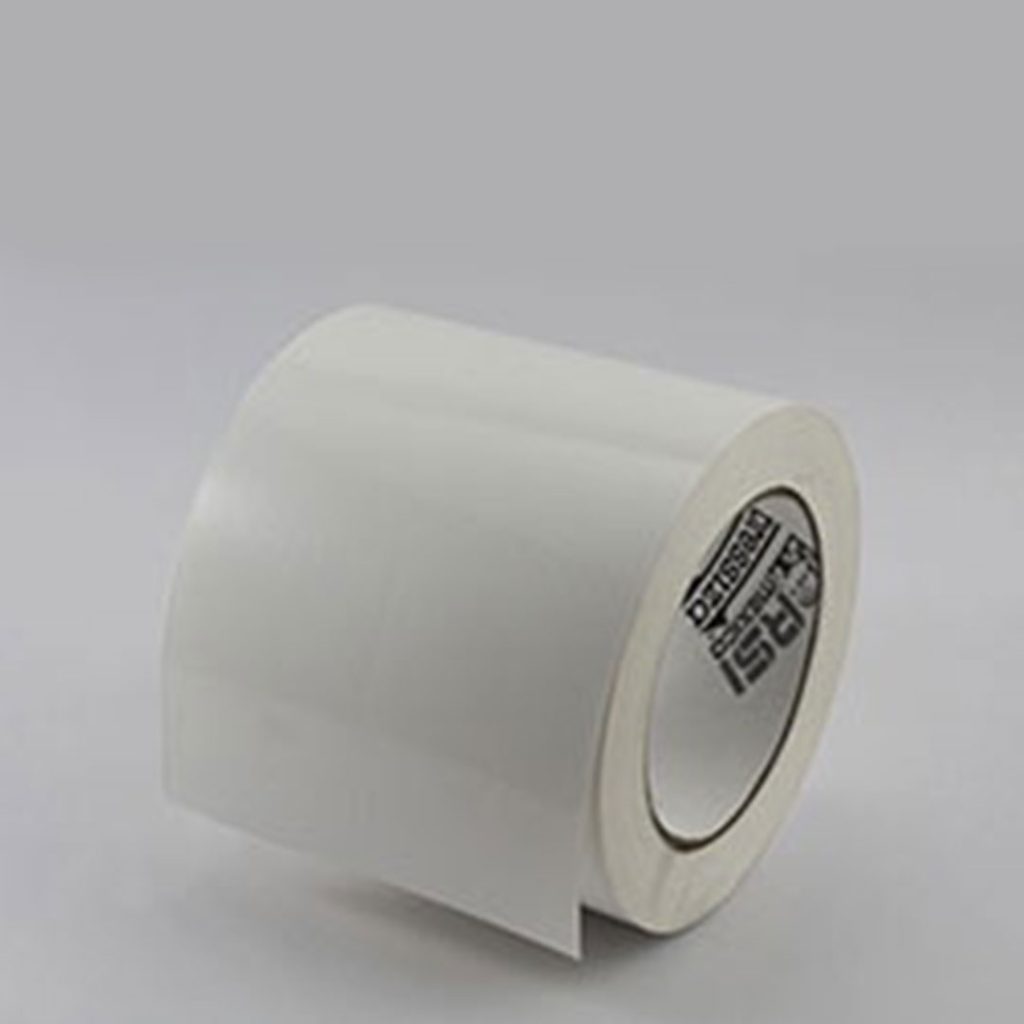

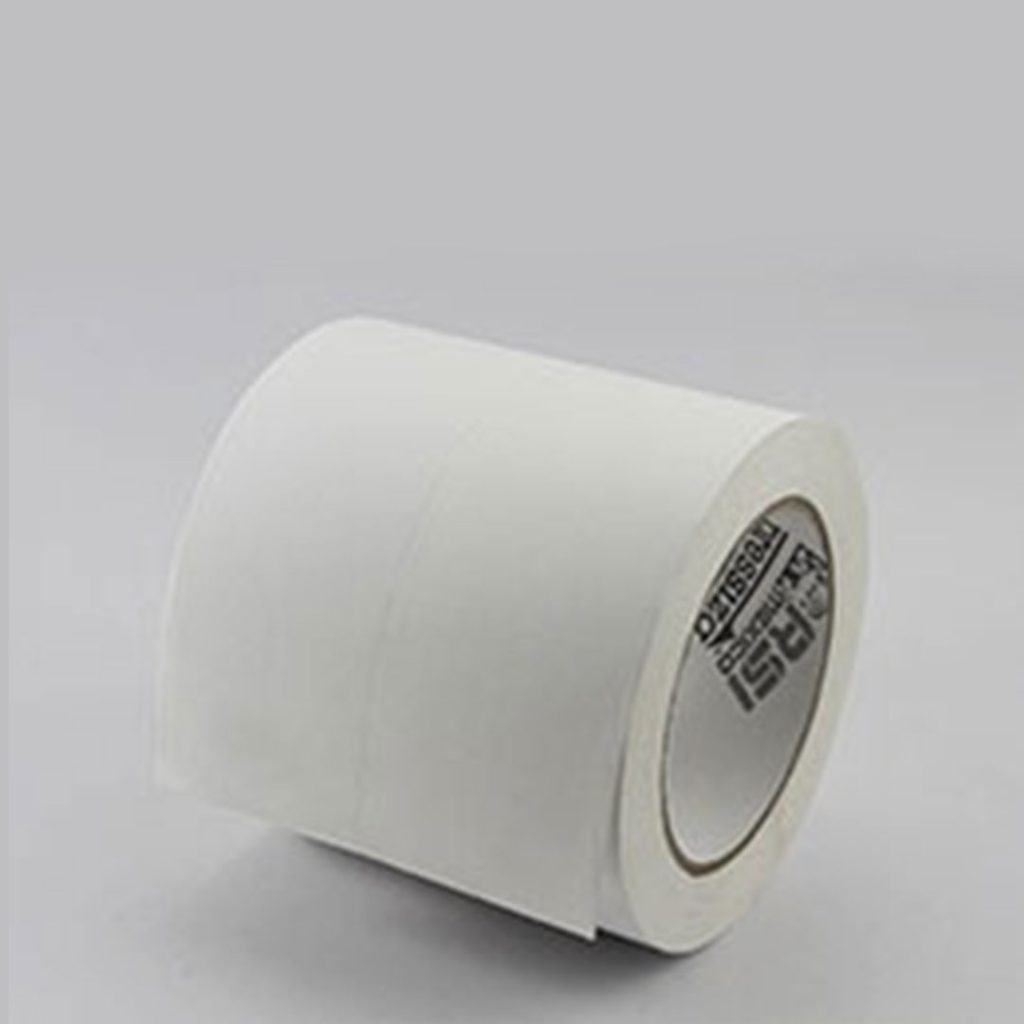
Void labels, also known as security labels or tamper-evident labels, provide a simple way to detect tampering attempts. They work using a special two-layer adhesive. The top layer is typically made of paper or synthetic material and displays the information printed on the label. The bottom layer hides a disruptive pattern, with the word “VOID” printed repeatedly.
When someone tries to remove a void label from a surface, the double-layered adhesive separates. This leaves the disruptive pattern stuck to the original surface, clearly revealing the “VOID” message and providing visible evidence of tampering. In some cases, the label material itself might show the “VOID” message upon removal.
Types of Void Labels
There are several types of void labels, each offering slightly different functionalities. Here’s a closer look at the most common ones:
Void Labels Without Residue
- How it Works: This type of void label features a hidden message beneath the top layer. When removed, the top layer peels away cleanly, leaving the hidden message (usually “VOID”) revealed on the original surface. No adhesive residue remains.
- Why it’s Useful: Non-residue void labels are ideal for applications where maintaining a clean surface is crucial. They are also preferred when removing the label without leaving a mark is important.
Use Cases:
- Electronic Industry: Securing sensitive components within electronic devices during manufacturing and transportation.
- Textile Industry: Ensuring brand authenticity on high-end garments by placing void labels on tags or packaging.
Void Labels With Partial Residue
- How it Works: Partial residue void labels utilize a special two-layer adhesive. The top layer typically displays the printed information. Beneath it lies a hidden “VOID” pattern within the adhesive itself. When someone attempts to remove the label, the top layer separates, leaving a portion of the adhesive residue behind on the surface. This residue displays the “VOID” message, clearly indicating tampering.
- Why it’s Useful: Partial residue void labels offer a balance between maintaining a somewhat clean surface and providing clear tamper evidence. The remaining adhesive residue is minimal and often easily removable, but still provides a strong indication of tampering.
Use Cases:
- Distribution Industry: Securing boxes or packages during shipment to detect any tampering attempts. The partial residue ensures clear evidence without causing major damage to the packaging.
- Healthcare Industry: Sealing medical kits or medication to ensure they haven’t been tampered with. Partial residue labels provide a good balance between tamper evidence and maintaining a mostly sterile surface.
Void Labels With Full Residue
- How it Works: This type of void label utilizes a strong adhesive that fully adheres to the surface. When someone tries to remove the label, the adhesive breaks apart, leaving the entire label material stuck to the surface, often in a fragmented state. The “VOID” message is typically pre-printed on the label itself or becomes visible on the adhesive residue.
- Why it’s Useful: Void labels with full residue offer the strongest tamper evidence. They are ideal for situations where the security of the contents is paramount, and a clear visual deterrent against tampering is necessary.
Use Cases:
- Manufacturing Industry: Securing critical components or warranty seals on equipment to prevent unauthorized access or manipulation.
- Food and Beverage Industry: Sealing containers of high-value or security-sensitive food items, such as baby formula or pharmaceuticals. Full residue labels deter tampering and ensure product integrity.
Lior Rubin
RSI Mexico Strategic Partner


